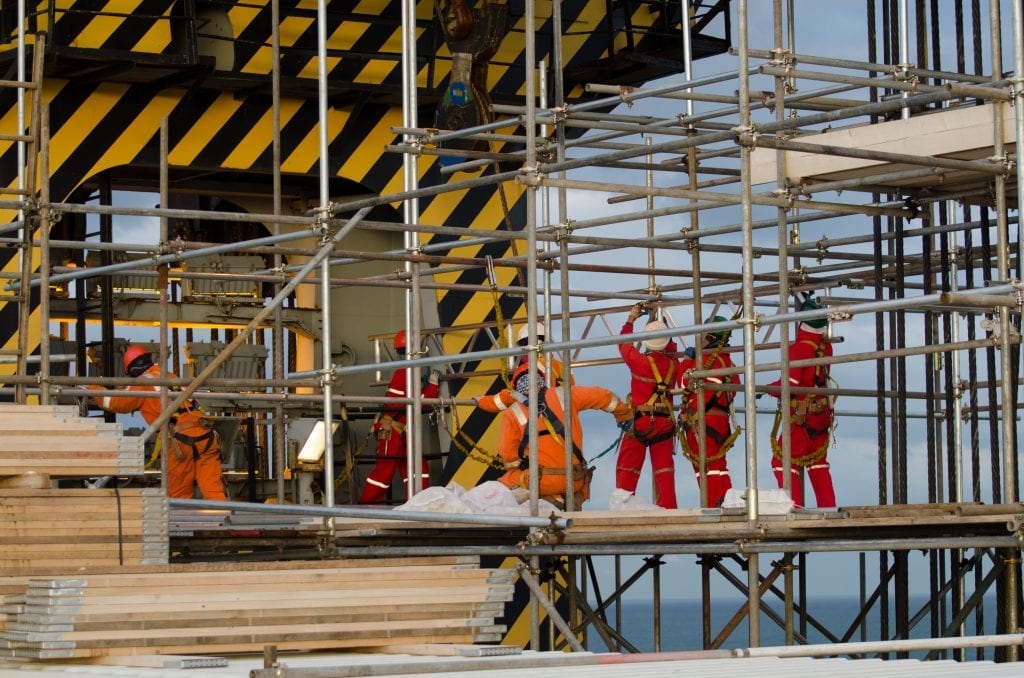On Wednesday, June 5, 2019, four masonry workers were seriously injured when scaffolding they were working on collapsed at a site in Bordentown Township, New Jersey. The four workers fell from 50 feet and we’re seriously injured. In this case, the failure was likely due to a combination of issues with scaffolding components and overloading it with building materials. According to BLS estimates, scaffolding accidents result in 4,500 injuries and over 60 deaths each year and that almost 30 percent of all workplace deaths from falls involve scaffolding or ladders.
Scaffolding is used in construction sites around the world as a temporary structure on which workers use to repair, clean, or build new structures safely and efficiently. About 65 percent of the construction industry, or an estimated 2.3 million workers in construction, work on scaffolding according to Occupational Safety and Health Administration (OSHA).
Given the widespread use of scaffolding and the inherent importance of safety and risks, there is potential for large improvements in overall site safety by taking a closer look at factors that lead to recordable incidents at the workface.
Industry organizations, such as Construction Owners Association of Alberta (COAA), Construction Industry Institute (CII) and government agencies like Occupational Safety and Health Administration (OSHA), provide valuable statistics and information regarding site safety when working with scaffolding.
Along with general site safety tips, such as:
- Driving proactive risk management
- Collecting data for focused safety improvement
- Reducing incidents through observation/intervention
They also provide scaffolding specific safety recommendations:
- Inspect scaffold components prior to build out to ensure pieces are not bent, dented, dirty or otherwise damaged.
- Ensure scaffold build does not block exits, egress, paths, fire alarms, and fire suppression systems.
- Safe access is provided by ladders, stairs, ramps, etc.
- Scaffold is plumb and level, and resting on stable footing and a firm foundation.
- Diagonal cross-bracing is in place to support legs.
- Scaffold platforms are at least 18 inches wide.
- Platform is free of debris and slipping/tripping hazards.
- Platform guardrails are firmly in place on all open sides/ends, where required.
- Installed toe boards, screening, area barricades, or canopies, provide adequate protection against falling objects.
- Employees are using personal fall arrest systems when working on platforms.
- Regularly inspect scaffolding builds using a checklist.
With a concerted effort on site safety and on scaffold safety, construction sites can be safer places to work and lead to a reduction in overall recordable incidents, including the one that happened recently in New Jersey.
SiteSense® is a construction cloud and mobile-based software tool used to track and control scaffolding on a jobsite. It helps by tracking inspections status and visibility of all scaffolding components and builds throughout the entire site. To lean more, please contact Intelliwave for more details.
Special thanks to Ethan Clemens for his contributions to this article.
